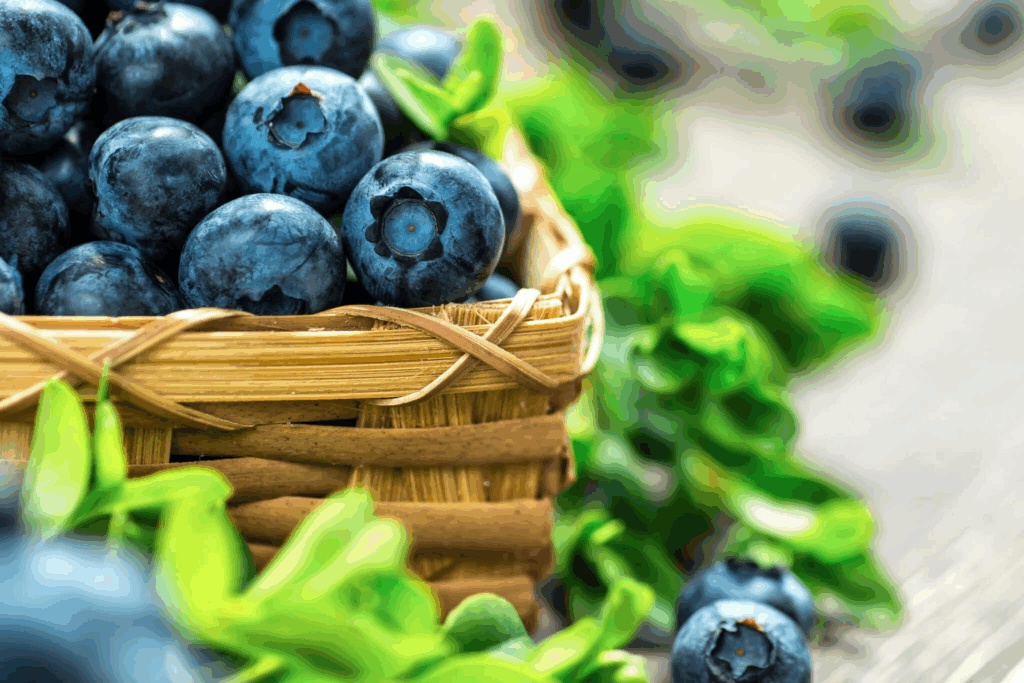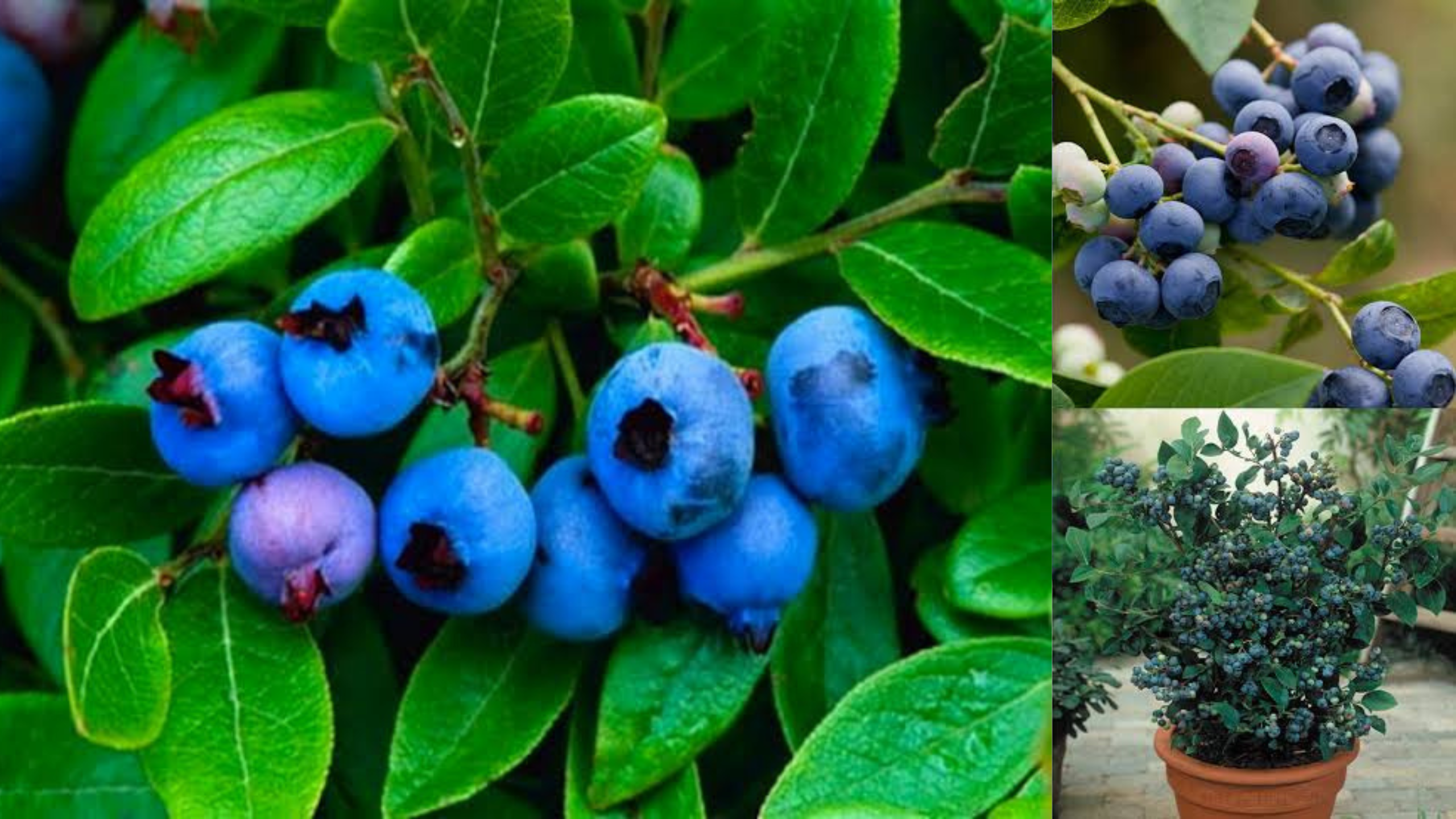Blueberries are among the healthiest, most rewarding fruits you can cultivate at home. Packed with antioxidants, fiber, and essential nutrients, they’re a superfood that’s as delicious as it is nutritious. But what if your region isn’t naturally suited to growing blueberries? Or maybe you have limited space—like a small balcony or backyard?
The good news is, growing abundant blueberries is entirely possible in nearly any environment, provided you follow some key principles. With a little planning, the right varieties, and proper care, you can harvest plenty of sweet, juicy berries right from your container or garden.
Why Grow Your Own Blueberries?
Before diving into how to do it, let’s explore why cultivating blueberries at home is so worthwhile:
- Fresh, Organic Fruit: Growing your own means you can skip pesticides and chemicals, enjoying pure, wholesome berries.
- Cost Savings: Store-bought blueberries can be pricey, especially out of season. Growing your own reduces costs over time.
- Space-Friendly: Blueberries are relatively compact and suited for small gardens, patios, or balcony containers.
- Aesthetically Pleasing: These plants boast stunning spring flowers, vibrant summer fruit, and fiery fall foliage—adding beauty to your landscape.
- Longevity: Well-maintained blueberry bushes can produce delicious fruit for decades, making them a long-term investment.
Now, let’s explore how you can successfully grow buckets full of blueberries in any space or climate.
1. Selecting the Right Blueberry Variety

Your success begins with choosing the appropriate type of blueberry for your region and climate. There are several varieties, each suited to different conditions:
Highbush Blueberries (Vaccinium corymbosum):
Ideal for Northern climates (USDA zones 4–7). These bushes grow 5–8 feet tall and produce large, sweet berries. Popular cultivars include Bluecrop, Patriot, Jersey, and Legacy.
Lowbush Blueberries (Vaccinium angustifolium):
Best for colder areas (USDA zones 3–6). These are low-growing (6–18 inches) and often used as ground cover. They have intense flavor and smaller berries.
Rabbiteye Blueberries (Vaccinium ashei):
Suited for warmer southern zones (USDA zones 7–10). These heat-resistant, drought-tolerant plants grow 6–10 feet tall with some production capabilities in hotter climates. Notable cultivars are Climax, Premier, and Tifblue.
Half-high Blueberries:
A hybrid of highbush and lowbush types, these small, cold-tolerant plants are perfect for containers and small gardens, combining hardiness with manageable size.
Tip: Blueberries generally need cross-pollination for optimal yield. Plant at least two compatible varieties close to each other to maximize berry production.
2. Creating the Ideal Soil Environment
Healthy blueberries thrive in specific soil conditions. They are picky about pH, moisture, and organic content.
Key Soil Requirements:
- Acidic pH: Between 4.5 and 5.5
- Well-drained yet moist: Blueberries dislike soggy roots but need consistent moisture
- Rich in Organic Matter: Peat moss, pine bark, or pine needles work well
How to Prepare Your Soil:
- Amend native soil with peat moss or pine bark to increase acidity.
- Use a soil test kit to check your pH level; adjust with sulfur or acidifying fertilizers if necessary.
- For containers, use a high-quality, acidic potting mix designed for blueberries or other acid-loving plants.
Avoid garden lime or other alkaline amendments, as they raise pH and hinder blueberry growth.
3. Planting Tips: Containers vs. Ground
Blueberries are versatile—they do well in containers and in the ground.
Growing in Containers:
- Use a 5–20 gallon container with drainage holes.
- Fill with a 50/50 mix of peat moss and acidic potting soil.
- Water frequently, as container-grown plants dry out faster.
Growing in the Ground:
- Space bushes 3–5 feet apart, or 2 feet if planting as a hedge.
- Dig a hole twice as wide as the root ball, and enrich it with organic compost and acidifiers.
- Mulch with pine bark or sawdust to maintain acidity and retain moisture.
4. Watering and Fertilizing for Maximum Berries
Blueberries need consistent moisture—especially during fruiting.
Watering:
- Aim for 1–2 inches of water weekly.
- Keep soil evenly moist, but avoid waterlogging.
- Mulch helps conserve moisture and keeps roots cool.
Fertilizing:
- Use acid-loving plant fertilizers, such as those formulated for azaleas or rhododendrons.
- Apply balanced fertilizer early spring and again in early summer.
- Be cautious not to over-fertilize; excess nitrogen can reduce fruit yield and affect plant health.
5. Pruning for Better Yield and Longevity
Pruning is vital for healthy, productive blueberry bushes.
First Two Years:
- Keep pruning minimal; focus on establishing roots and removing any weak growth.
After Year 3:
- Prune in late winter or early spring.
- Remove old, dead, or crossing branches.
- Maintain 6–8 strong canes per plant to encourage vigorous growth and larger berries.
More sunlight equals more berries. Proper pruning ensures each branch gets enough light, translating to better yields.
6. Protecting Your Blueberries
Birds love blueberries—often more than gardeners do! Protect your harvest with simple deterrents:
- Install bird netting over bushes during fruiting.
- Use reflective tape or fake owls to scare off feathered thieves.
- Build a lightweight frame with PVC pipes for easy net installation over containers or beds.
Watch out for pests:
- Aphids, mites, and fruitworms can be controlled with neem oil or insecticidal soap.
- Proper spacing and pruning promote good airflow, reducing fungal diseases.
- Remove any shriveled or infected fruit to prevent disease spread.
7. Harvesting and Storage
Blueberries are ripe when they turn a deep blue with a matte finish.
Harvesting Tips:
- Gently tug; ripe berries should fall off easily.
- Pick every few days during peak season to enjoy fresh berries.
- Don’t wash berries until you’re ready to eat or store—they spoil faster when wet.
Storage Options:
- Keep fresh berries in the refrigerator for up to 10 days.
- For long-term storage, freeze berries in a single layer and transfer to airtight containers or freezer bags.
8. Growing Blueberries Indoors or in Cold Climates
Living in colder regions or wanting fresh blueberries year-round? No problem.
- Choose dwarf or half-high varieties suited for containers.
- Use large, acidic pots and a high-quality, acid-based potting mix.
- Place near south-facing windows or use grow lights to ensure enough sunlight.
- Maintain humidity and prune to keep size manageable.
- During warmer months, move plants outdoors to enjoy natural light.
Final Thoughts
Growing buckets full of blueberries is a rewarding experience accessible to almost any gardener. Whether you’re planting in a small patio container or establishing a backyard patch, foundational care—selecting the right varieties, preparing acidic soil, consistent watering, pruning, and protecting your plants—will set you up for success.
With patience and attention, your blueberry plants will flourish, providing abundant, delicious berries season after season. Imagine harvesting your own organic blueberries—fresh, juicy, and right at your fingertips. It’s a delicious effort that’s well worth your time.
So why wait? Pick your variety, prepare your soil, and start planting today. Your future self will thank you for the sweet rewards.

